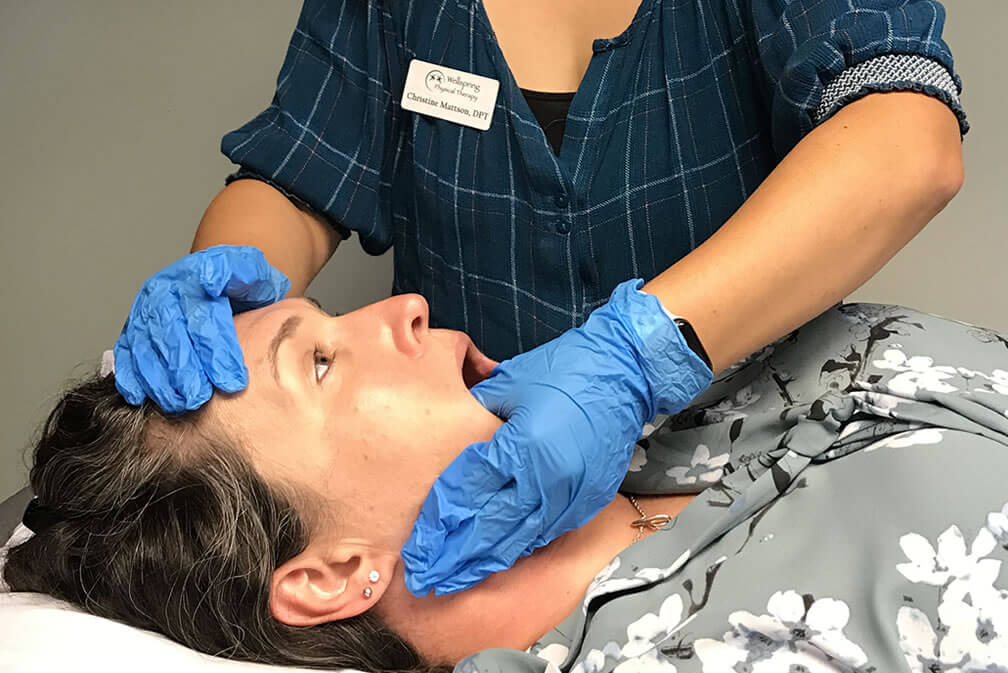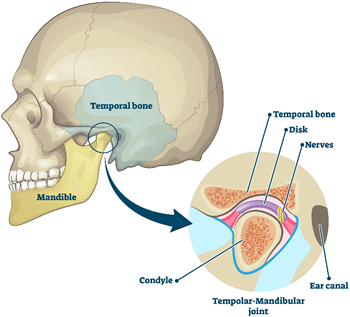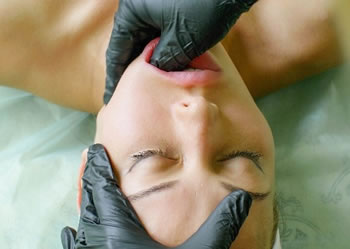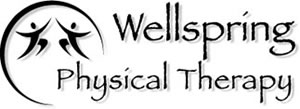
What Is TMD?
The temporomandibular joint (TMJ) is made up of the bony connection between the skull and the jaw (mandible), with a disc in between that allows for fluid movement. There is a TMJ joint both on both sides of our skull. The TMJ is unique in that both joints function together to form one movement and are not independent of each other. If you have a dysfunctional movement pattern in your jaw, it can cause pain and various other symptoms.
How Common Is TMD?
According to the National Institute of Dental and Craniofacial Research, the prevalence of TMD is 5%-12%. Prevalence is twice as likely in women than men, and chronic jaw pain is also more often found in younger persons. Of college-aged students, it is found that 31.6% of students grind their teeth (bruxism), with contributing factors being stress levels, muscle pain, TMJ pain, and TMJ noise. Overall, next to chronic low back pain, TMJ disorder is the second most common musculoskeletal condition that results in pain and disability, with an annual cost estimate of $4 billion.
Only 50-65% of those with TMJ disorder seek treatment. With early access to physical therapy (PT) to treat TMJ disorder, therapy can aid in correcting dysfunctional movement patterns and allow for pain-free jaw movement.
What Is TMD?
The temporomandibular joint (TMJ) is made up of the bony connection between the skull and the jaw (mandible), with a disc in between that allows for fluid movement. There is a TMJ joint both on both sides of our skull. The TMJ is unique in that both joints function together to form one movement and are not independent of each other. If you have a dysfunctional movement pattern in your jaw, it can cause pain and various other symptoms.


How Common Is TMD?
According to the National Institute of Dental and Craniofacial Research, the prevalence of TMD is 5%-12%. Prevalence is twice as likely in women than men, and chronic jaw pain is also more often found in younger persons. Of college-aged students, it is found that 31.6% of students grind their teeth (bruxism), with contributing factors being stress levels, muscle pain, TMJ pain, and TMJ noise. Overall, next to chronic low back pain, TMJ disorder is the second most common musculoskeletal condition that results in pain and disability, with an annual cost estimate of $4 billion.
Only 50-65% of those with TMJ disorder seek treatment. With early access to physical therapy (PT) to treat TMJ disorder, therapy can aid in correcting dysfunctional movement patterns and allow for pain-free jaw movement.
What Are The Causes of TMD?
Temporomandibular joint dysfunction (TMD) can be caused by an imbalance of muscles, stabilization strength, stiffness of joints, and abnormal forward head posture, resulting in:
- Arthralgia (joint pain)
- Disk displacement with reduction with/without locking
- Disk displacement without reduction with/without limited opening
- Arthritis
- Subluxation/Dislocation
Do I Have TMD?
Someone with TMD may notice reduced jaw movement, limiting their ability to open or close their jaw and restricting their ability to eat, chew, yawn, or talk. If there is disc displacement of the jaw, symptoms result in the jaw locking or clicking when opening or closing. Additionally, their jaw may be tender to touch at the joint (in front of their ear) and/or stiff in the jaw muscles. This increase in muscle tightness contributes to headaches and pain with chewing.
What Can I Do About TMD?
There are several ways to reduce or resolve TMD.
- Wear a custom mouth guard made by a dentist or an oral medicine specialist.
- Physical therapy can aid in restoring the normal mechanics of the jaw joint. Physical therapy treatment interventions may include hands-on treatment of soft tissue; massage of muscles surrounding the neck, face, and inside of the jaw all contribute to proper mechanics of the jaw. Hands-on treatment may include joint mobilizations of the neck and jaw to improve the jaw biomechanics and reduce irritation of TMJ.
- Treatment may include stretches and postural strengthening to improve joint stability and motor control of the jaw when in use and at rest.
- You physical therapist may also discuss the impact of proper posture and workstation ergonomics, as they can greatly impact temporomandibular joint dysfunction (TJD).
- The primary MD may also prescribe anti-inflammatory medication and muscle relaxers to expedite the healing process.


Get Back to the Life You Love!
Schedule an appointment in our Federal Way clinic, or contact us to talk with a physical therapist to evaluate and address your concerns and improve your quality of life.
Citations
- Prevalence of TMJD and its Signs and Symptoms | National Institute of Dental and Craniofacial Research (nih.gov)
- Prevalence of bruxism in undergraduate students – PubMed (nih.gov)
- Prevalence of temporomandibular joint disorders: a systematic review and meta-analysis, 1007/s00784-020-03710-w, National Library of Medicine
